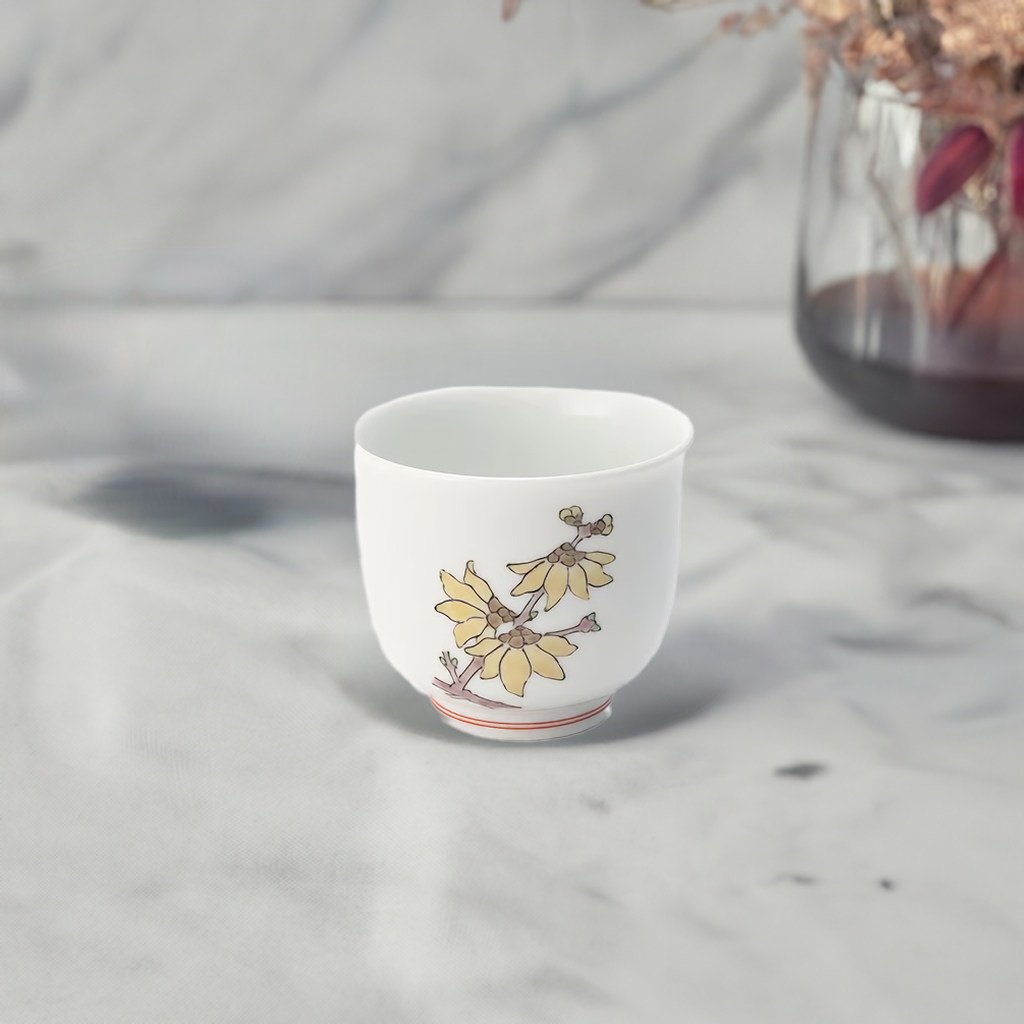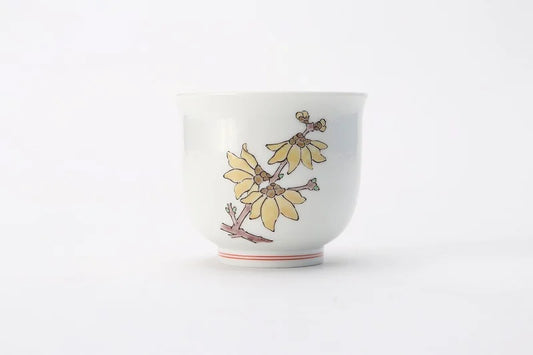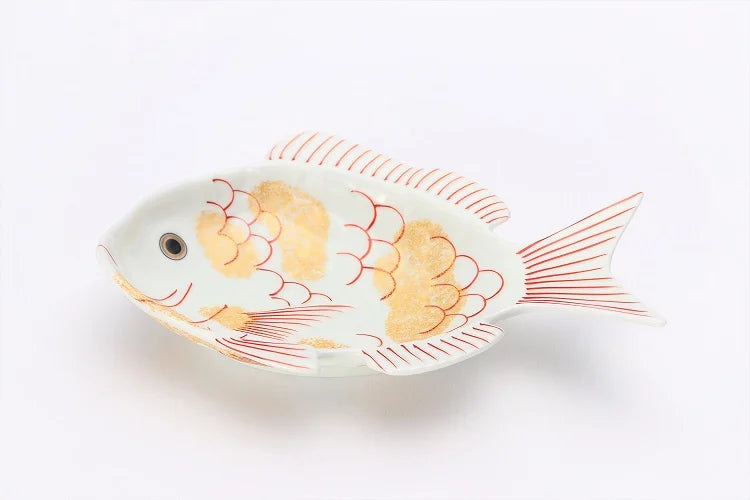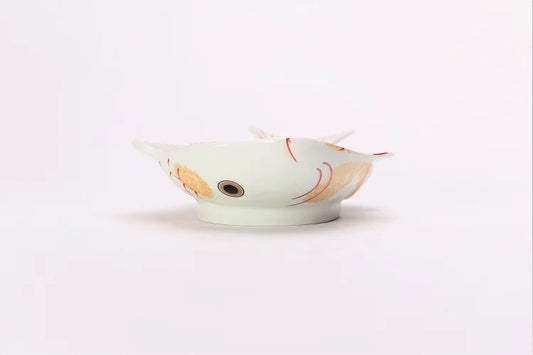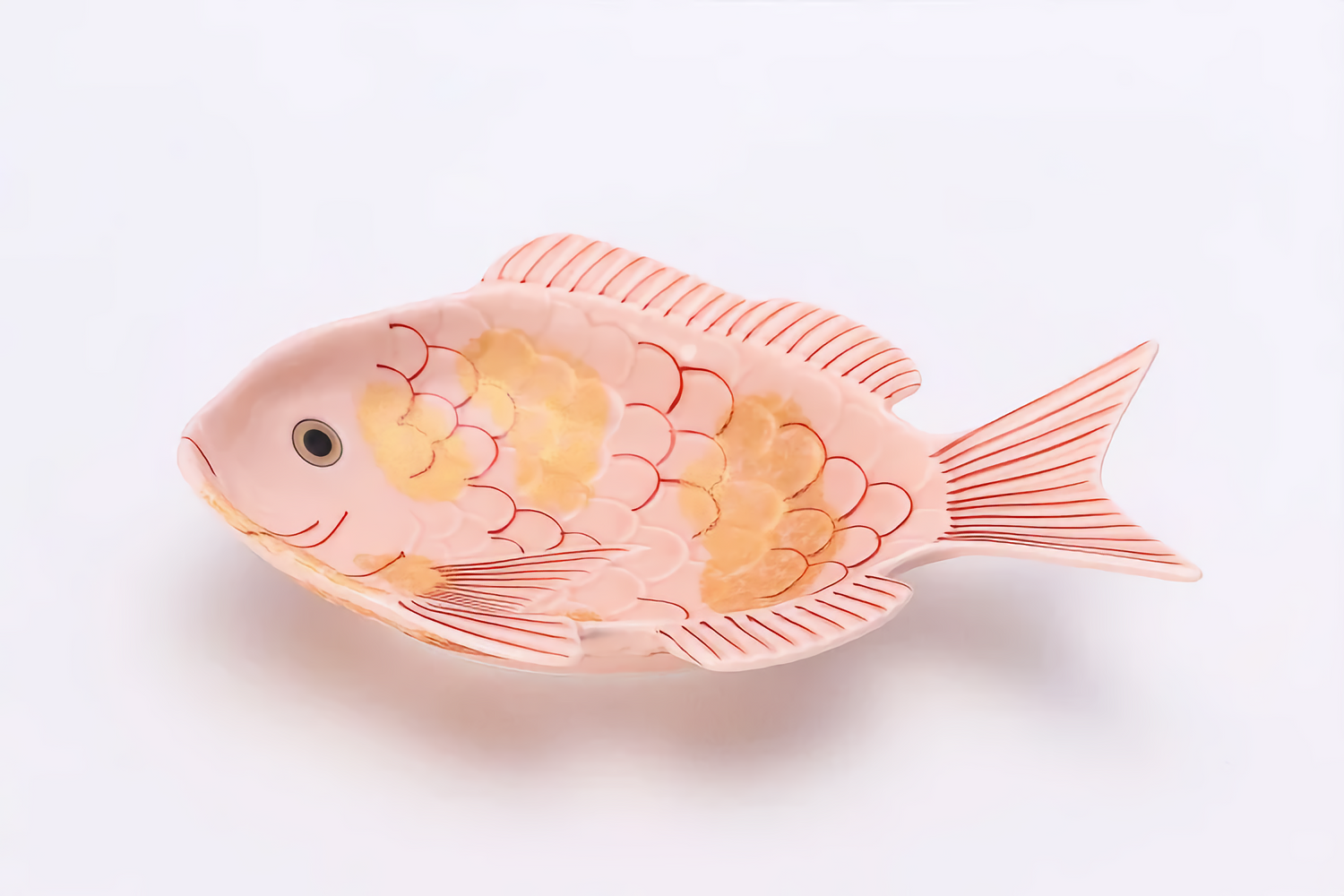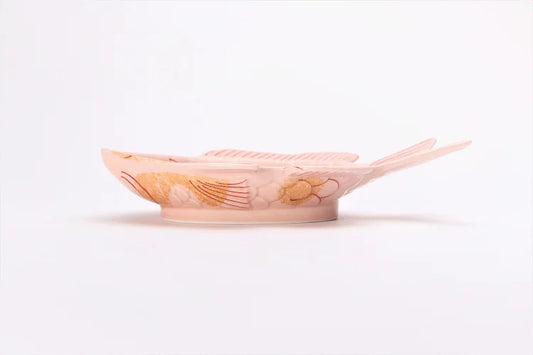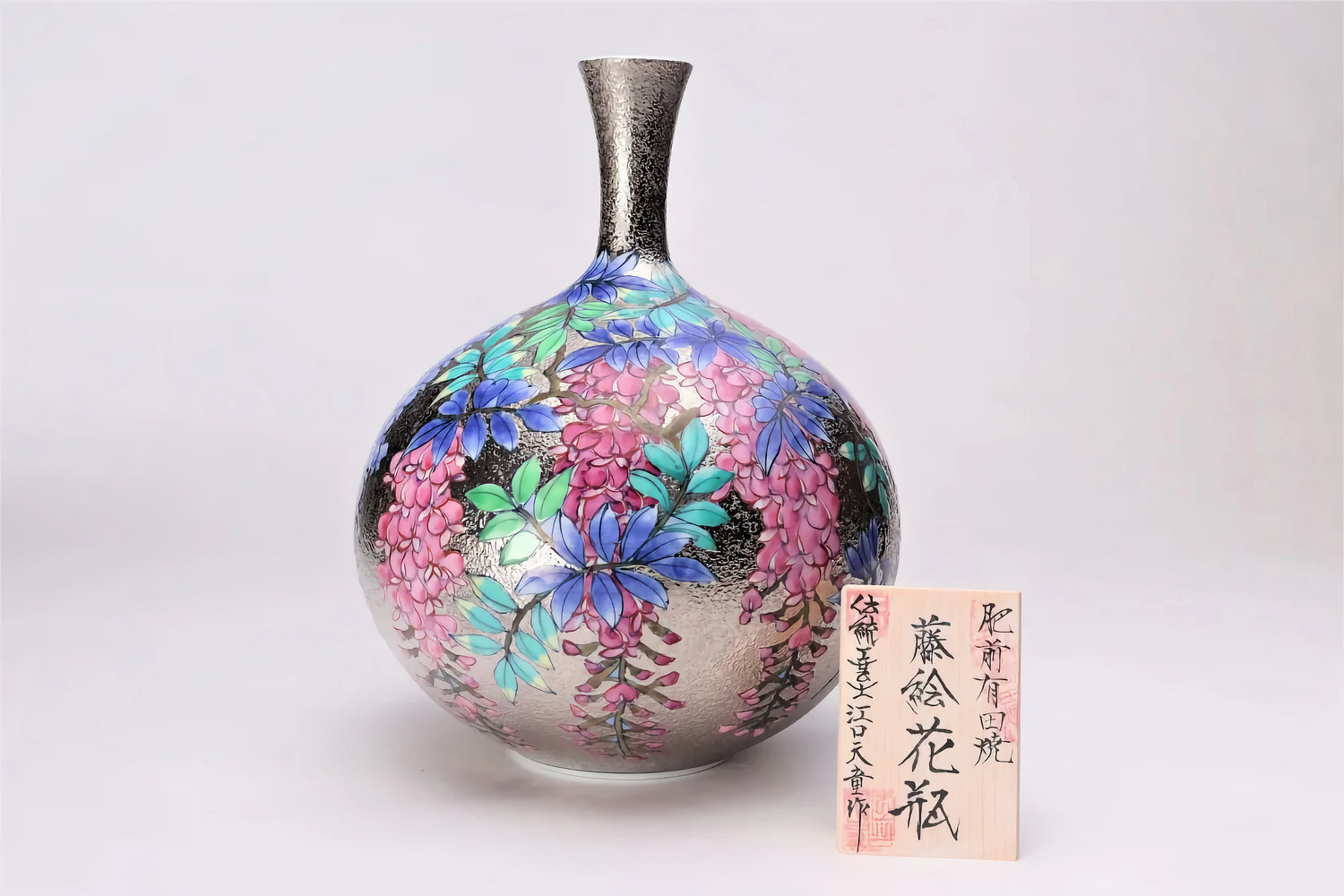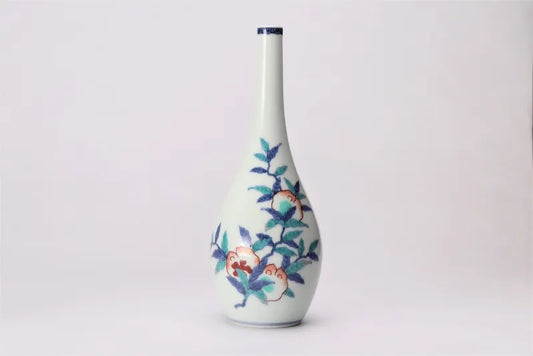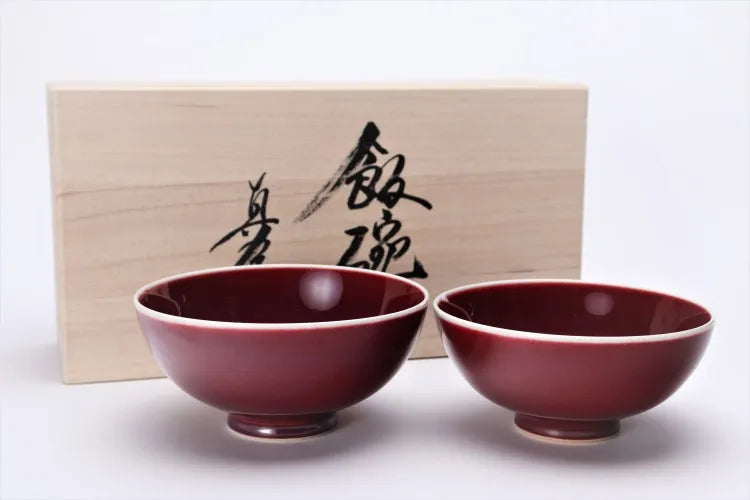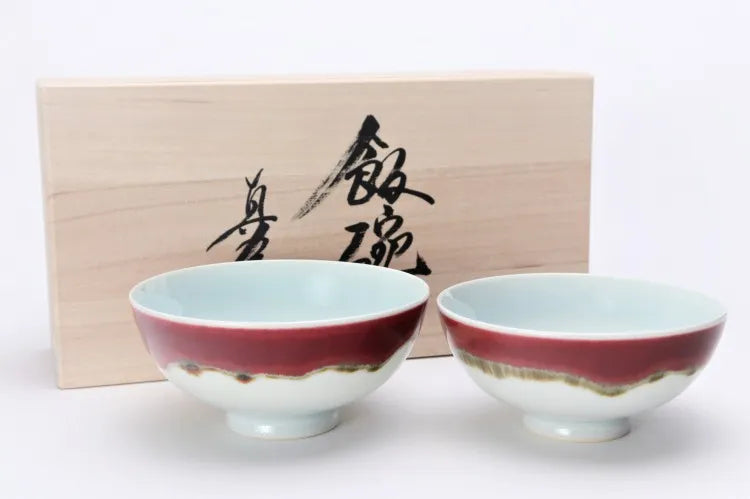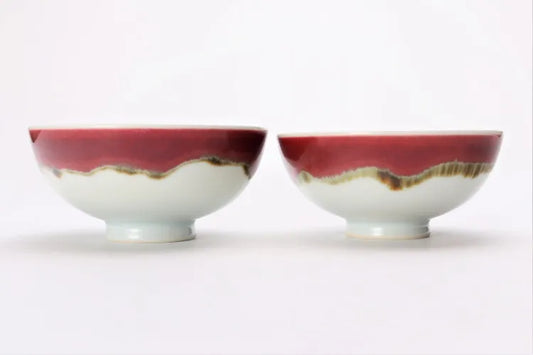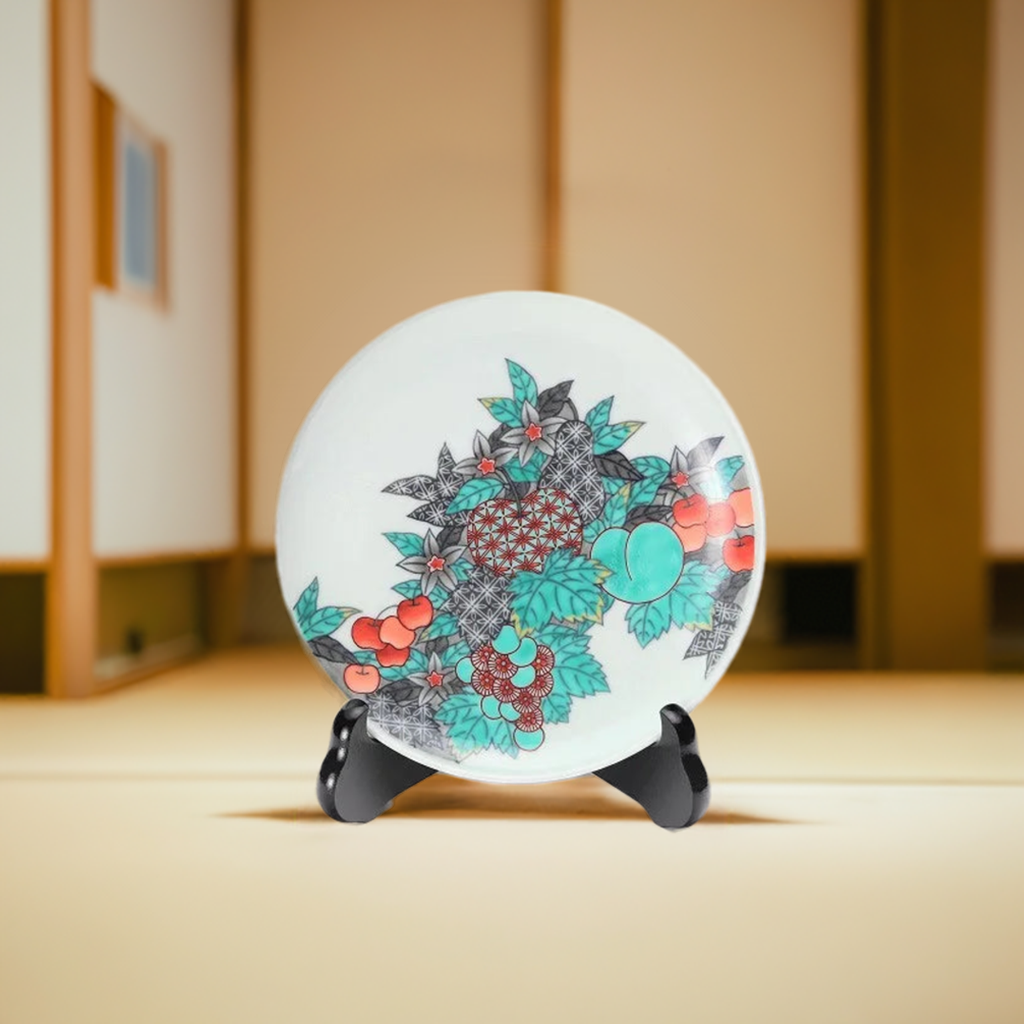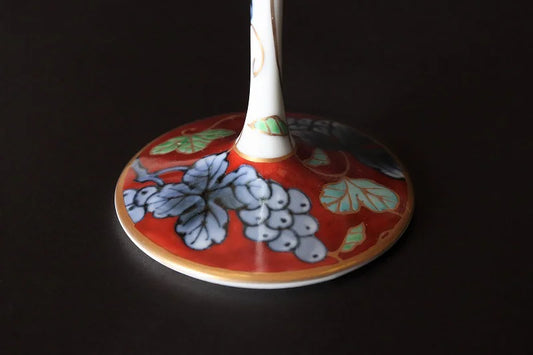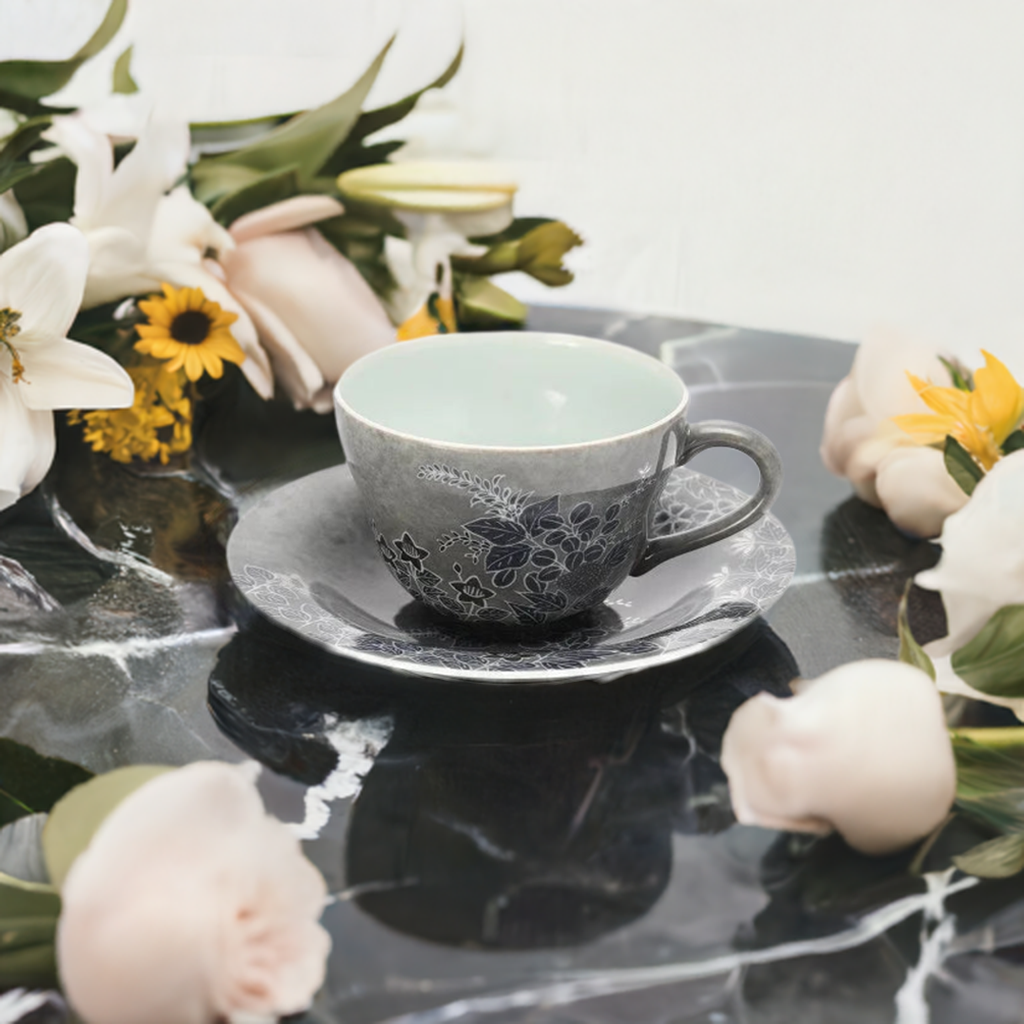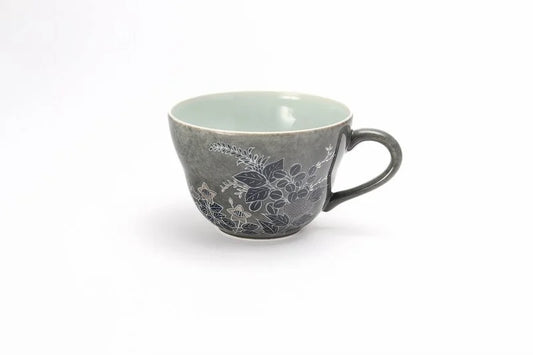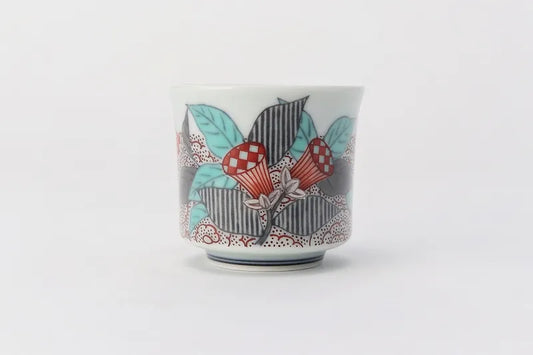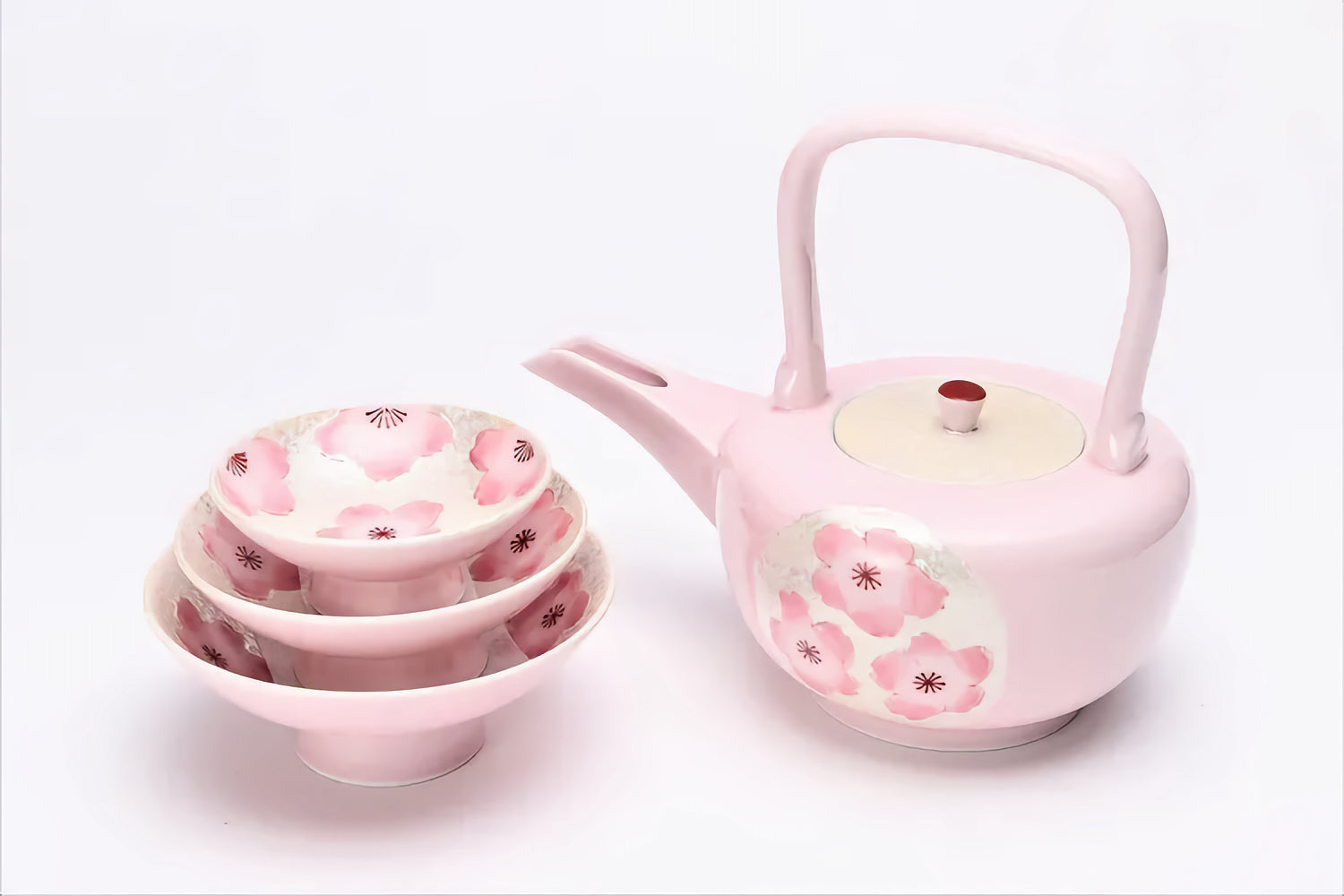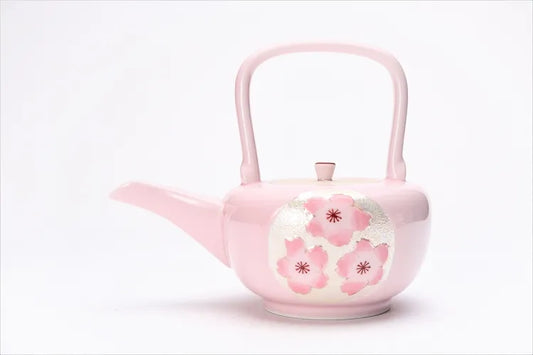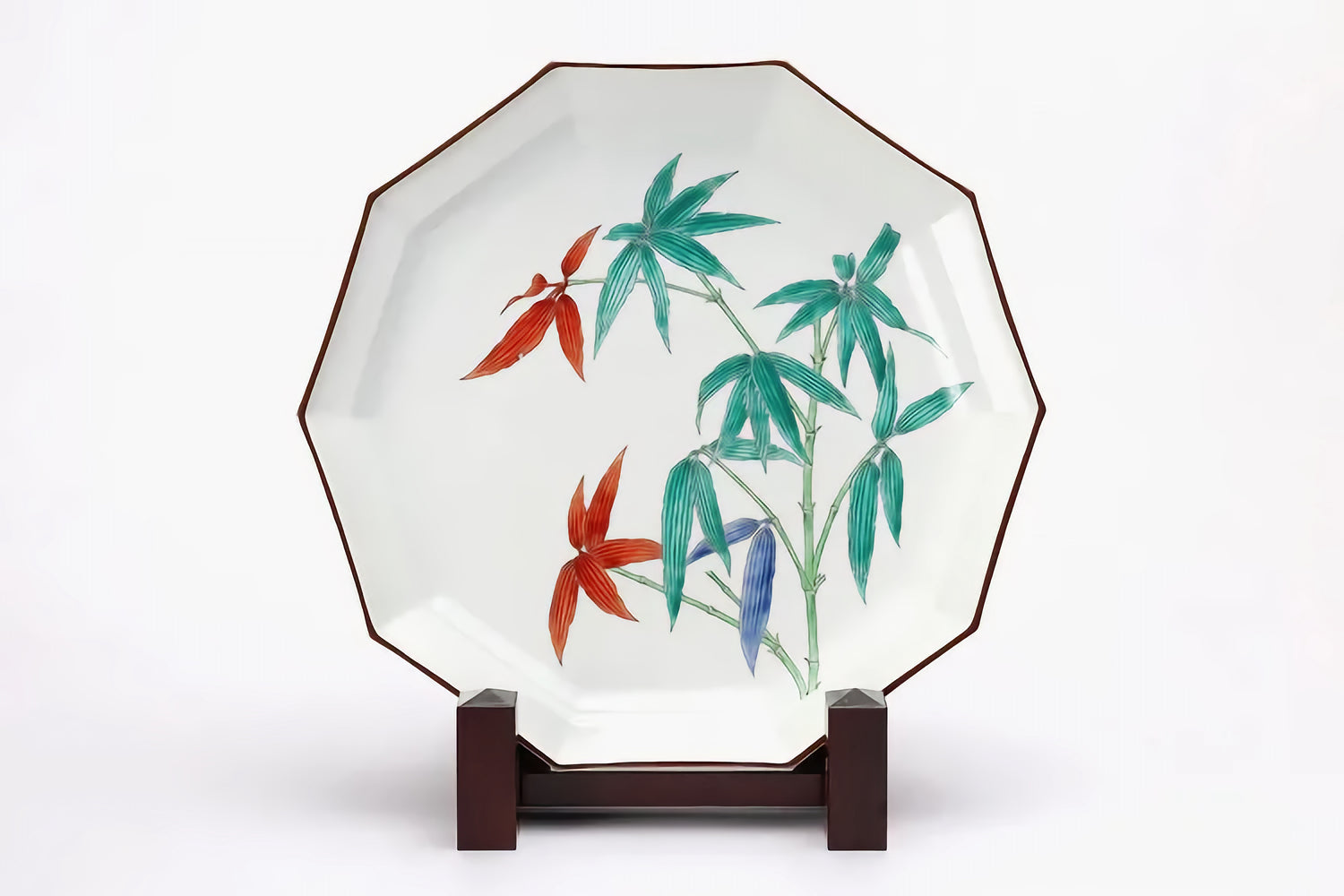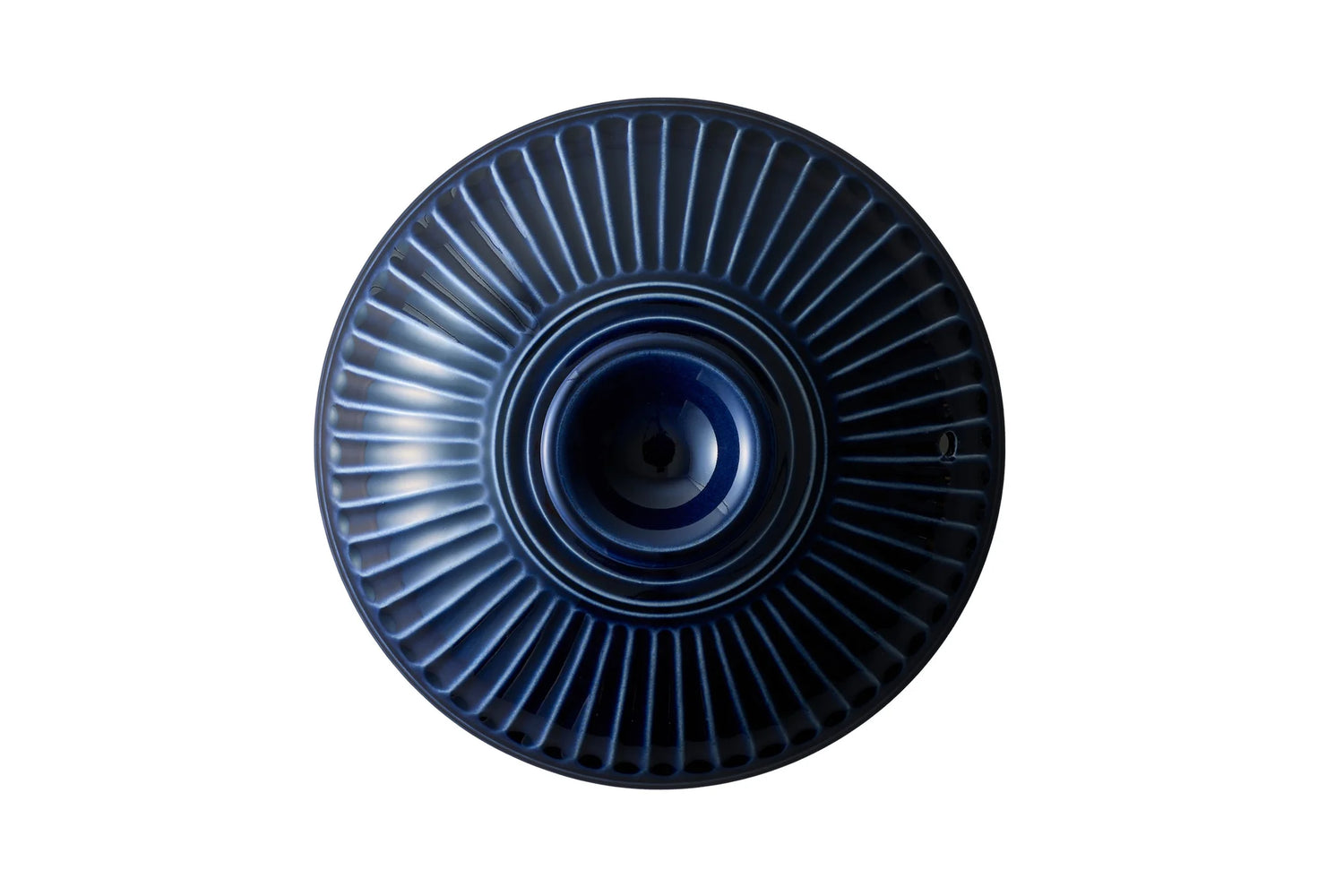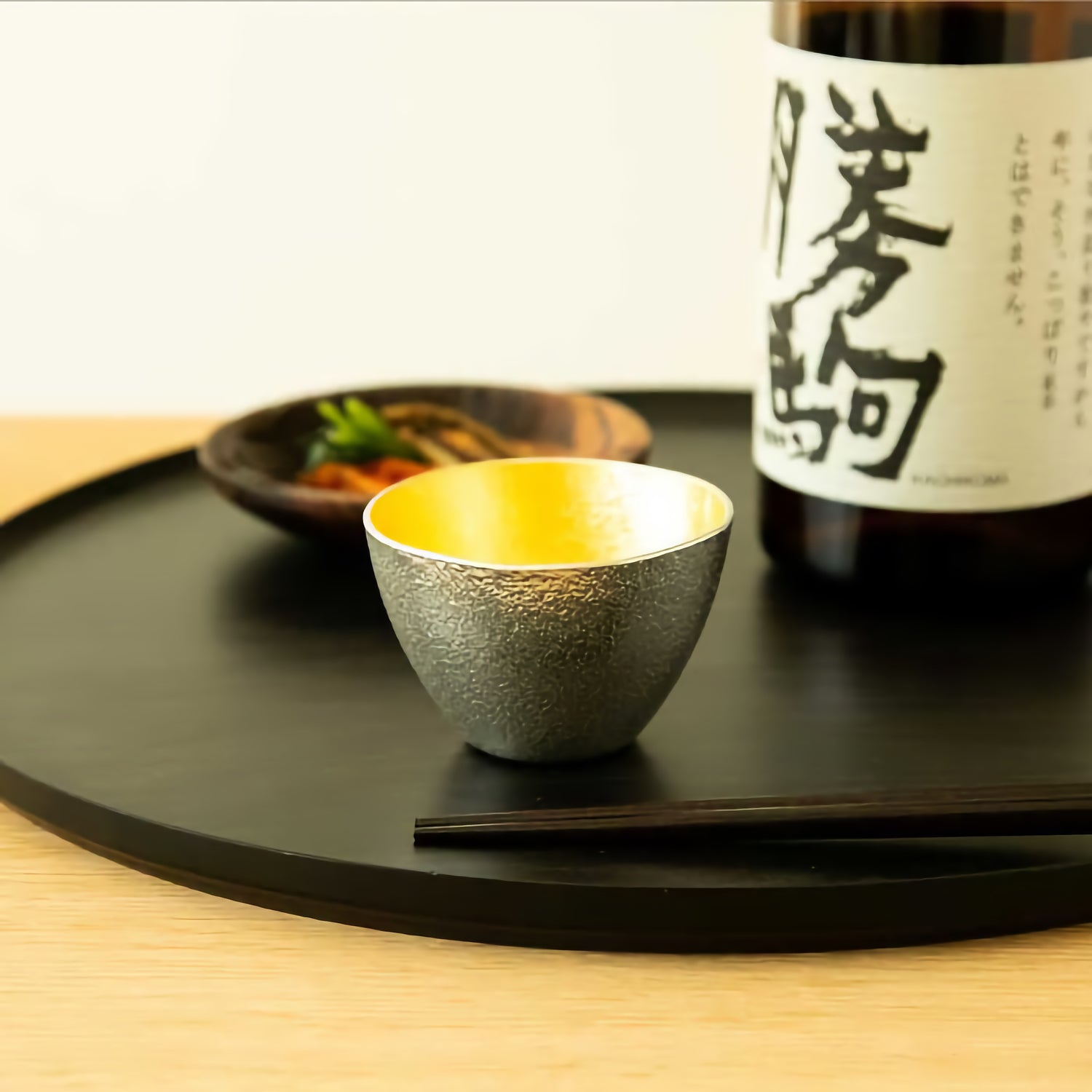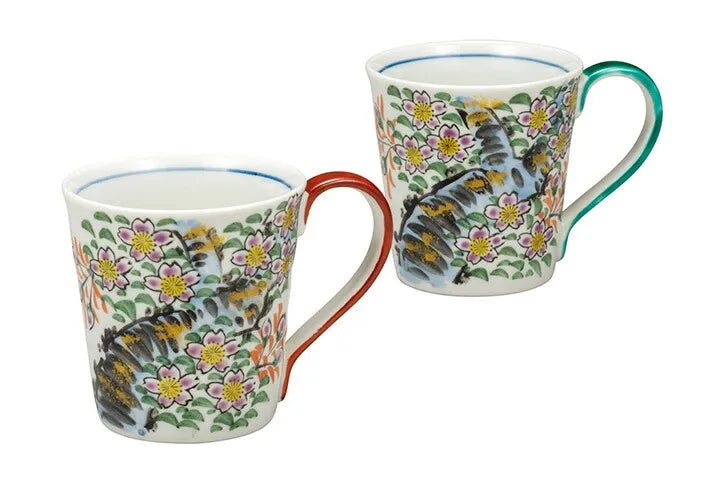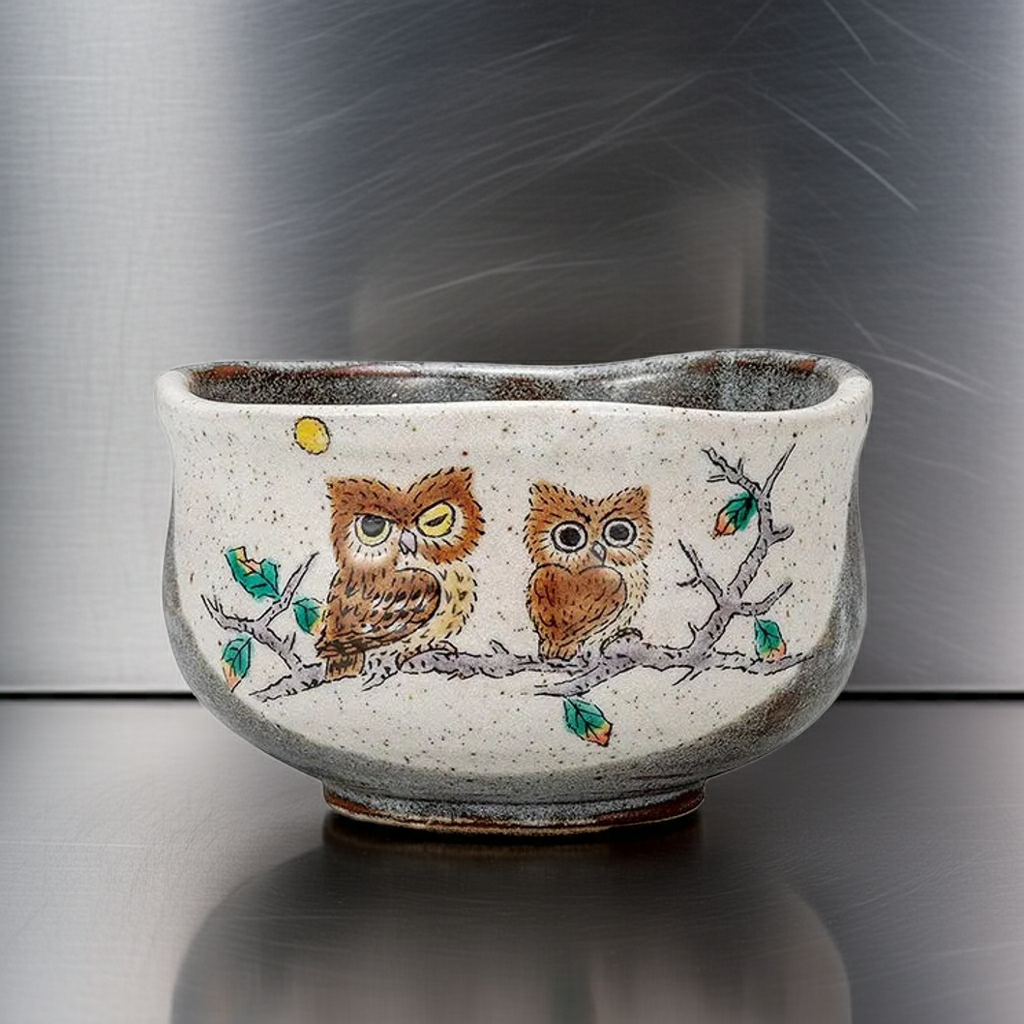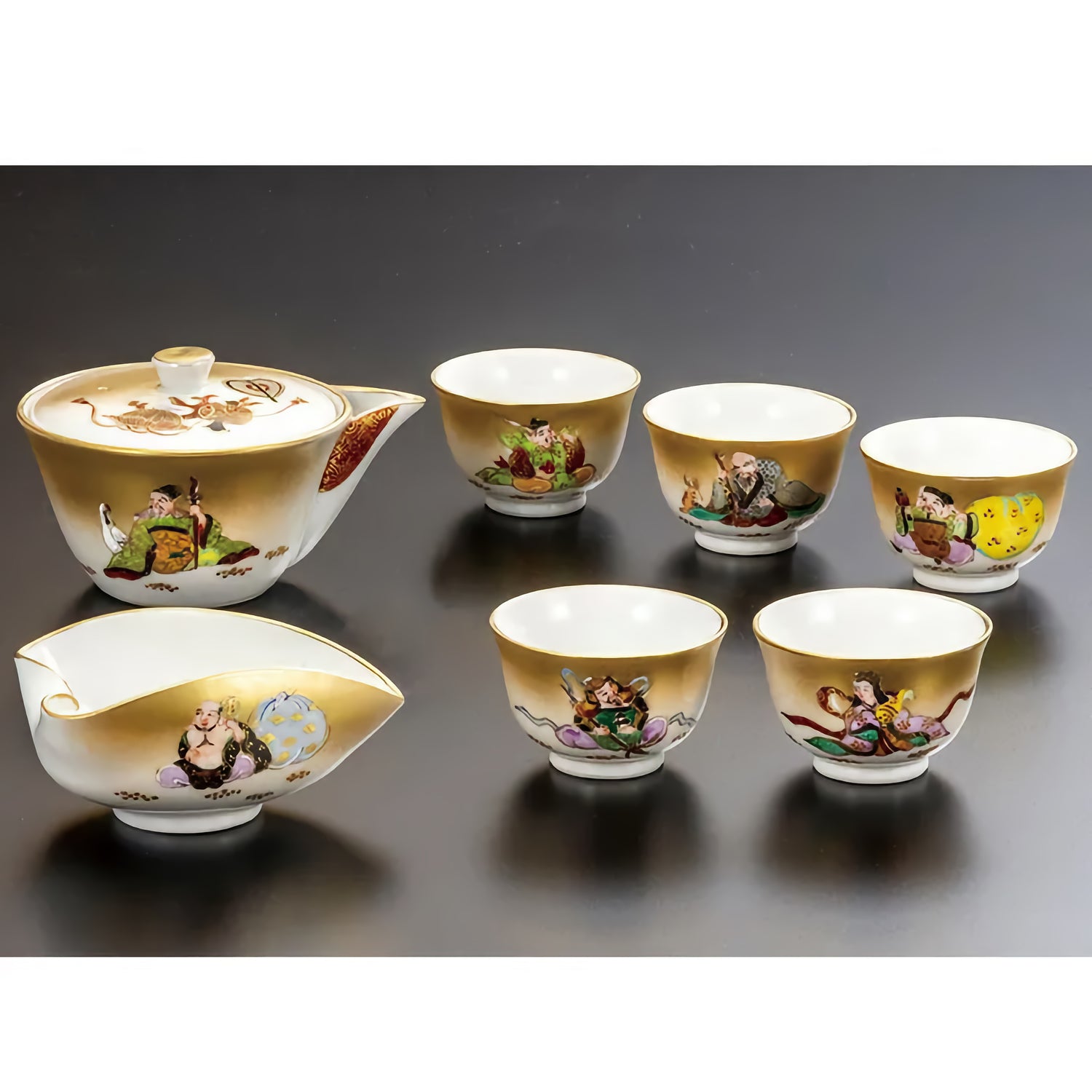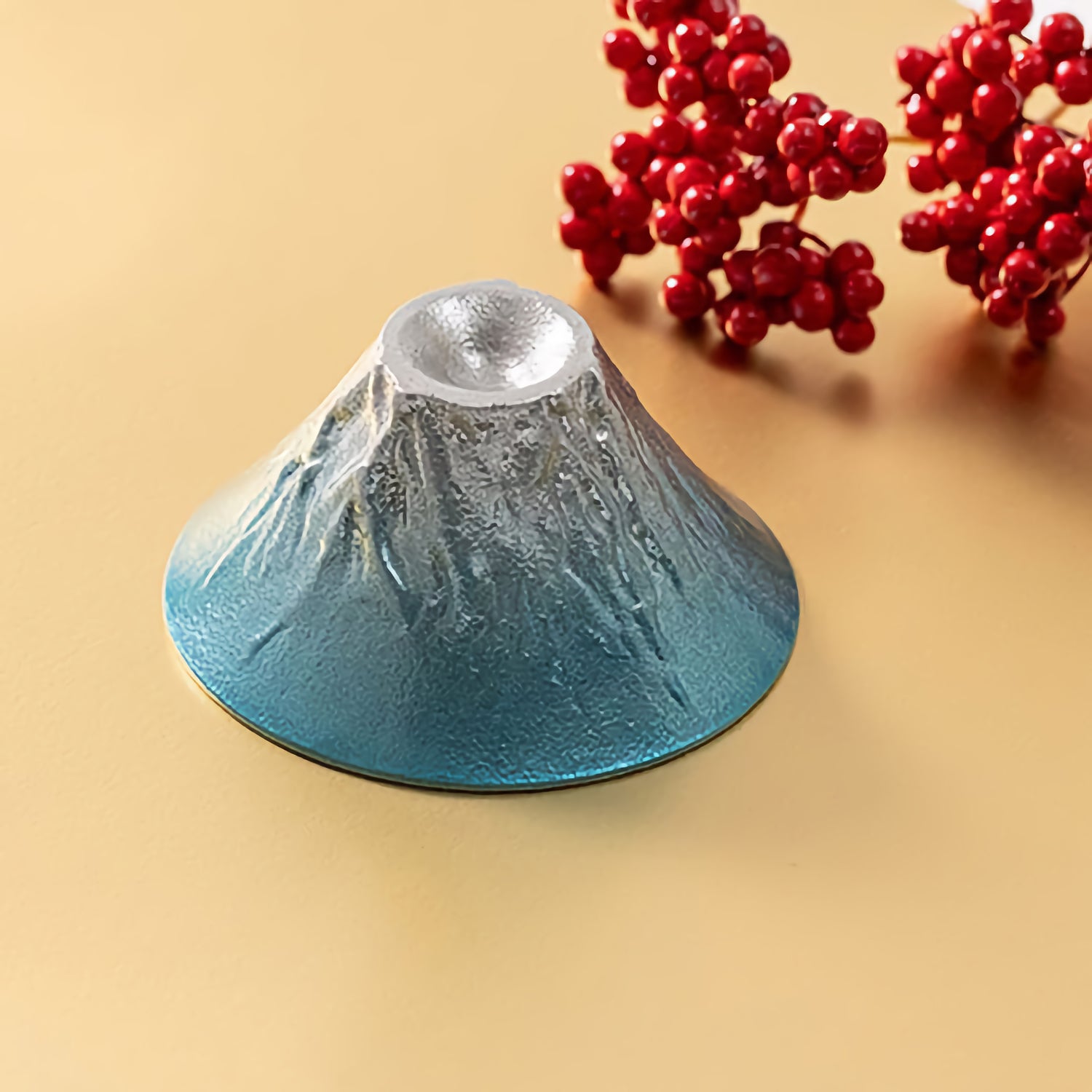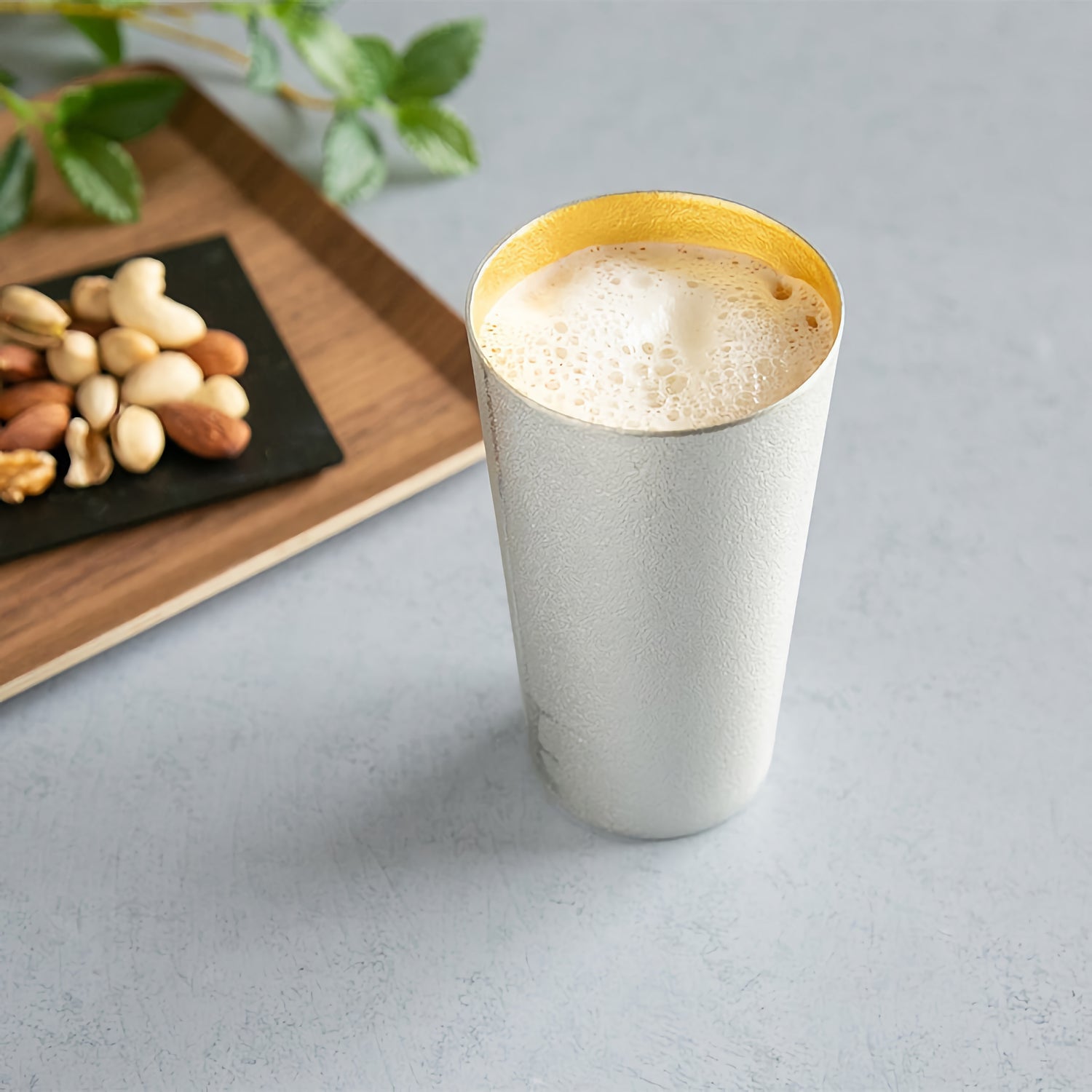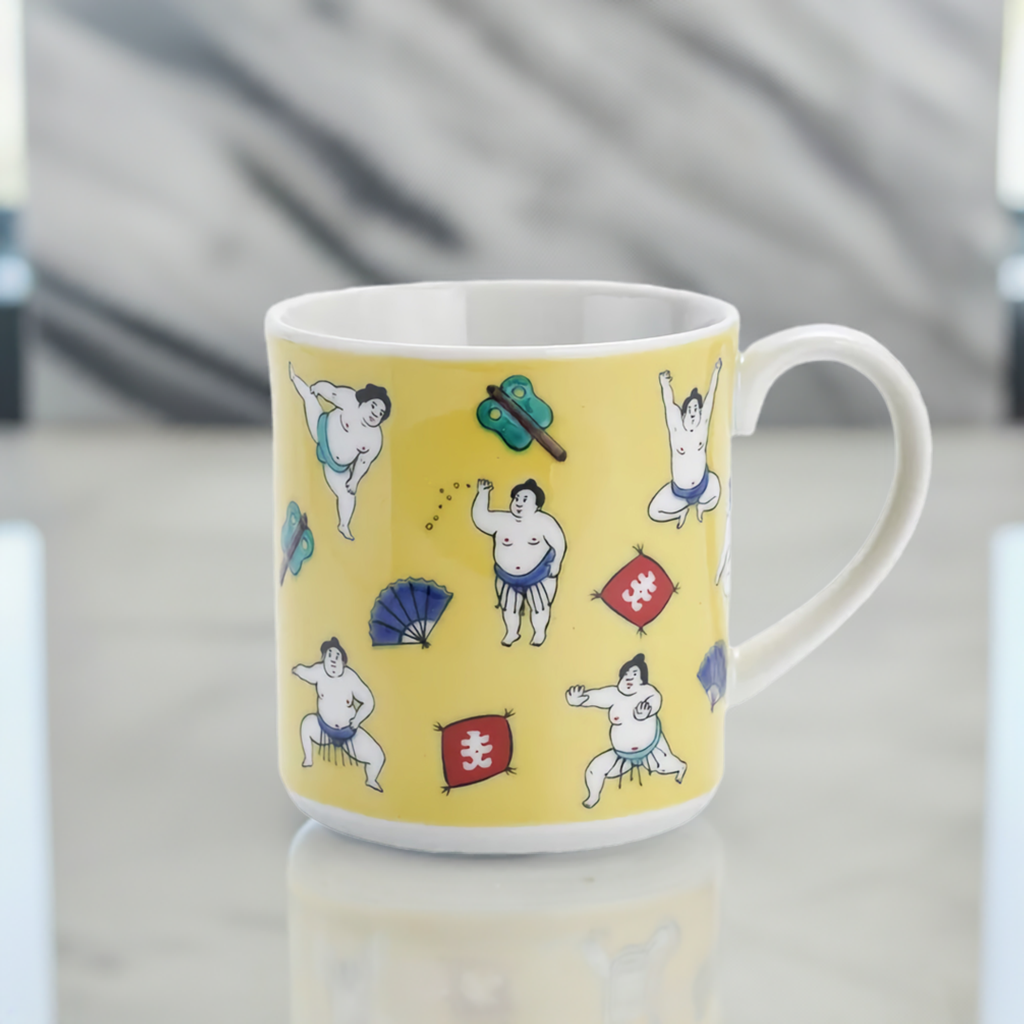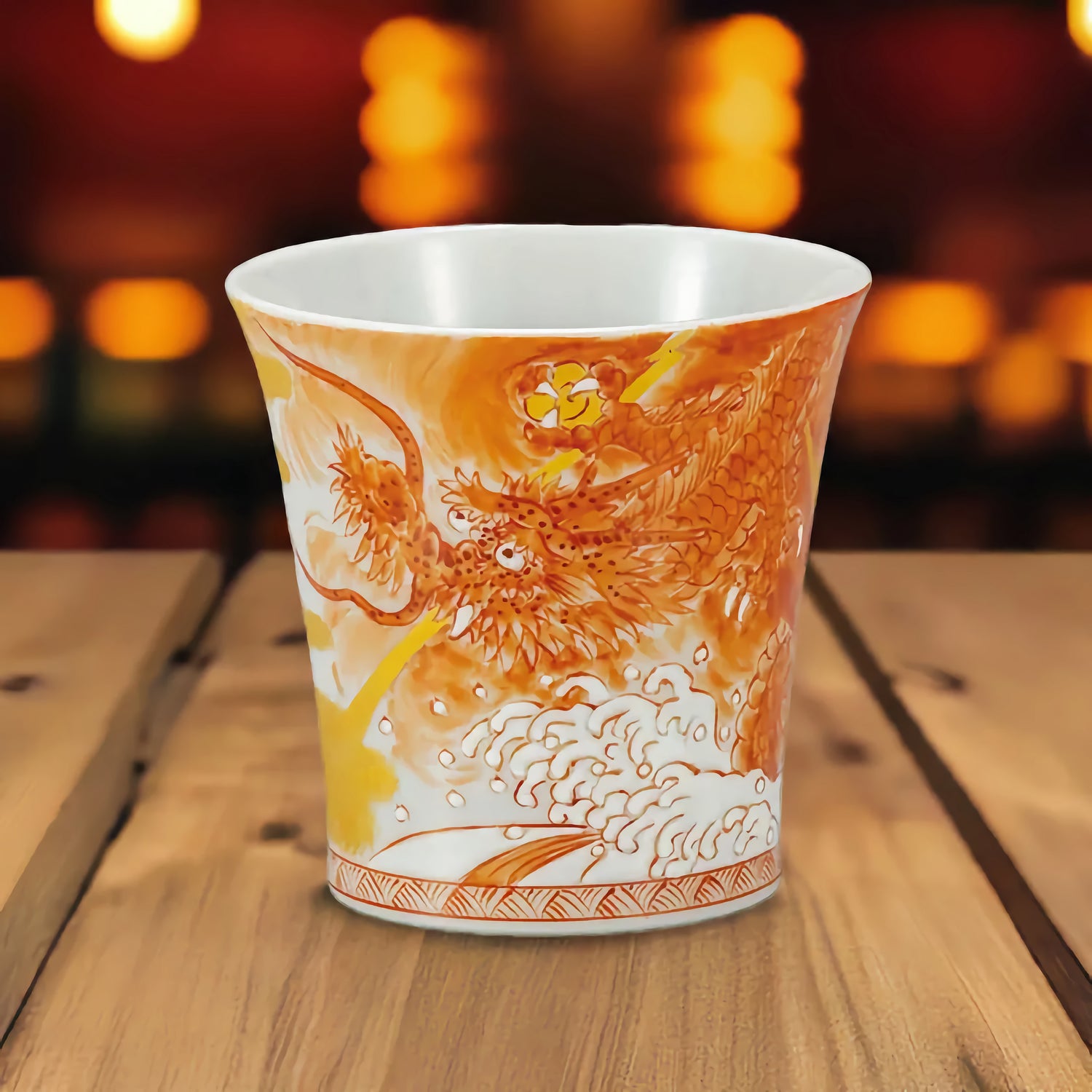
Arita Ware
The history of Arita ware begins with pottery production in the 1600s. In 1616, Japanese porcelain was developed by Korean potter Kanagae Sanbee (commonly known as Ri Sanpei) who had moved to Arita. The discovery of high-quality and abundant Izumiyama porcelain stone around 1630 established a full-fledged industrial porcelain production system, laying the foundation for the continuous ceramic industry that persists to this day. In the latter half of the 17th century, Arita ware was not only popular domestically but also transported worldwide through the Dutch East India Company, establishing its position as a central hub in global porcelain production. The Kakiemon style, characterized by delicate paintings on a milky white base known as nigoshide, and the Ko-Imari style, renowned for its luxurious use of gold, were highly praised and referred to as “white gold.” These works were celebrated among European royalty and nobility, adorning many palaces with their vibrant beauty. Additionally, in the late 1640s, the Odouguyama system (kilns under the domain’s control) was established in Iwayagouchi, Arita. Starting in 1651, annual tributes were made to the shogunate family. Based on these techniques, Gotenyama was later moved to Okawachiyama in Imari, where skilled potters from various eras in Arita gathered, leading to the production of the elegant Nabeshima style. In Arita, while basing themselves on these traditional techniques and product styles, they have always been flexible in incorporating the demands of each era, continuously creating new Arita porcelain to this day.
Arita Ware Kilns and Artists
Recently viewed
Featured collection
-

Kutani Ware
Kutani ware is a pottery produced in the Kaga region of Ishikawa Prefecture and it has a history of over 350 years. It is characterized by the heavy brilliance of the five colors of green, yellow, red, purple, and navy blue that are applied to the bold and daring lines. Its long history has evolved through the tireless efforts and enthusiasm of people who have sought innovation while maintaining tradition. The beauty of the various styles and methods of painting is known as "Japan Kutani" and is highly regarded around the world.
-

Matcha Bowl
A matcha bowl (chawan) is a traditional Japanese tea bowl used in the preparation and enjoyment of matcha during the tea ceremony. Its rounded form allows for smooth whisking with a bamboo whisk (chasen), and its design reflects the aesthetics of harmony, respect, purity, and tranquility — the core principles of Japanese tea culture.

















